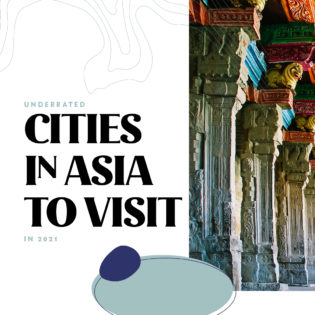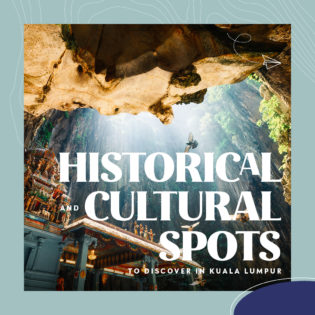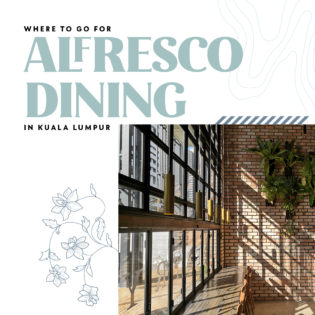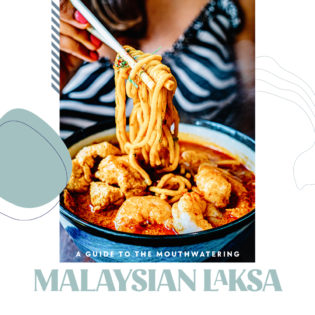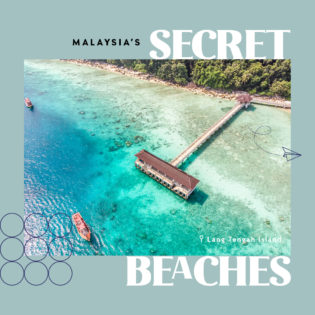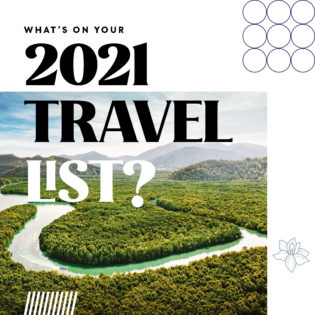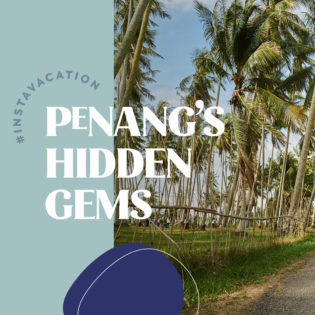A slow drive on the old trunk road to historical Malacca reveals hidden charms
Although it does test a driver's skill and patience, travelling to the historic state of Malacca (also spelled Melaka) via the old trunk road will uncover some pleasant surprises.
The state of Malacca needs little introduction. The historic Malaysian state has been a tourist hotspot for a number of years attracting visitors with its laidback charm and deep historical ties. Colonised by the Portuguese, the Dutch and the British, Malacca is a prime example of a melting pot of cultures – evident in the European architecture that peppers the town centre along with myriad buildings that boast Islamic, Chinese and Indian influences.
For visitors, there is a lot to see, do and eat. History buffs will appreciate the colonial heart of the city, which has earned UNESCO World Heritage status owing to its iconic monuments and ruins, all of which are easily navigated on foot or by rickshaw. For foodies, Jonker Street with its numerous stalls, coffee shops and restaurants is truly the centre of the action.
The street is a popular haunt for tourists and visitors who throng the area to tuck into signature Malacca dishes such as chicken rice balls (a variant of the local chicken rice, but served with slightly sticky balls of rice instead) and satay celup (steamboat satay – skewered meat dunked and cooked in hot peanut gravy). With much to offer, it's easy enough to see why Malacca is so popular, especially with Malaysians and Singaporeans, many of whom make a beeline for the city over weekends.
Located some 144 kilometres south of Kuala Lumpur, a drive to Malacca via the North-South Expressway takes approximately two hours. It's a relatively no-fuss drive between the two states, although the ride into the city centre can be testy for some due to the numerous traffic lights along the main roads. However, for the more adventurous, there is an alternate route in the form of the old trunk road system.
The trunk road served as the main passageway to the city until the mid-1980s before the North-South expressway was built. Today, these back roads are still frequently used by haulers and road users who want a more scenic and 'toll-free' drive. However, make no mistake, the roads around these parts should be driven with care, as the sweeping corners, as well as traffic in the form of large trucks, may prove challenging.
Still, despite this and the fact it has lost ground to the highway, the trunk road system is nevertheless well-maintained and offers a certain charm for drivers. That's essentially what we found as we re-familiarised ourselves with this near-forgotten route.
The trunk road to Malacca can be accessed from the town of Seremban but it is highly advisable to mix-and-match your road trip so you get a taste of the old trunk road instead. This is mostly due to the challenging roads and poor signage that could hamper the journey. For a relatively-headache-free drive, turn off at the Alor Gajah exit from the expressway and head towards the sleepy town.
The drive towards Alor Gajah will take you along shaded roads lined with canopy trees and through quaint villages and kampongs. Driving through here it would have hard to imagine that over 30 years ago, these roads were the hubbub of activity. Nowadays, the roads a relatively empty – a stark contrast from the nearby expressway – bar a few bamboo shacks set up by local villagers selling local produce, snacks and handicrafts.
One such shack we happened upon was operated by Noor Ismail, 32, who with her husband sold goreng pisang (fried banana fritters). Nestled in the village of Brisu on the outskirts of Alor Gajah, Noor has operated her stall for the past eight years selling freshly-fried banana fritters to passing motorists.
Interestingly, Noor and her husband source fresh bananas for her stall from their home garden, which is enough to sustain a daily supply. Along the way, similar stalls can be found, all set up by like-minded villagers. For foodies, these back roads are a virtual smorgasbord of local delicacies and specialties; all sourced locally and made the old-fashioned way.
Drive along and you'll uncover stalls selling dodol (a local coconut and rice flour toffee), belacan (shrimp paste), keropok (shrimp chips), laksa (rice noodles in fish gravy), cendol (mung bean jelly with shaved ice) and fresh fruit, all of which provide a welcome reprieve from the long hard drive ahead. If you ever find yourselves on these roads in the near future, do drive on them with an empty stomach, and don't shy away from making a detour or two. It will be more than worth the trip.


